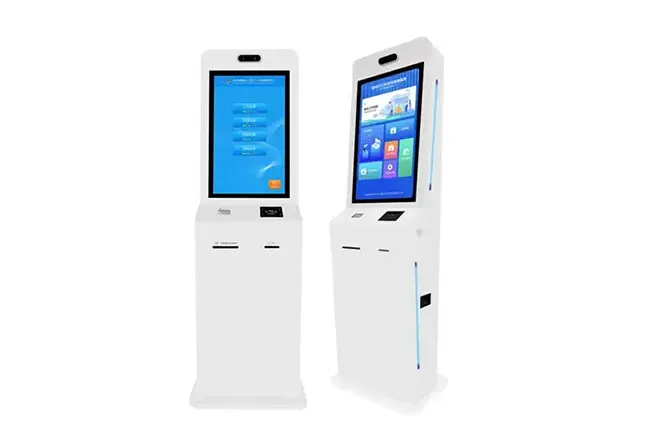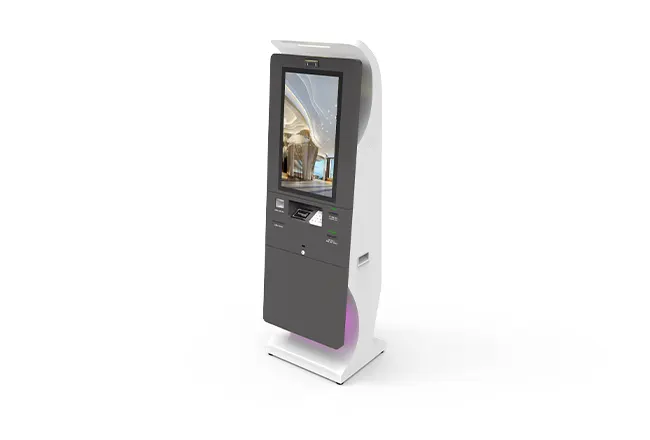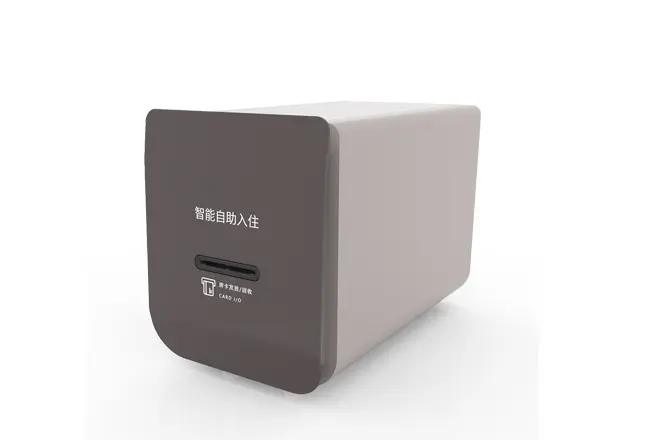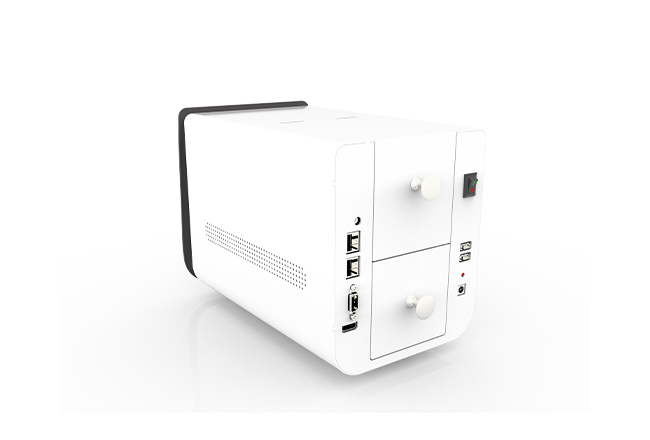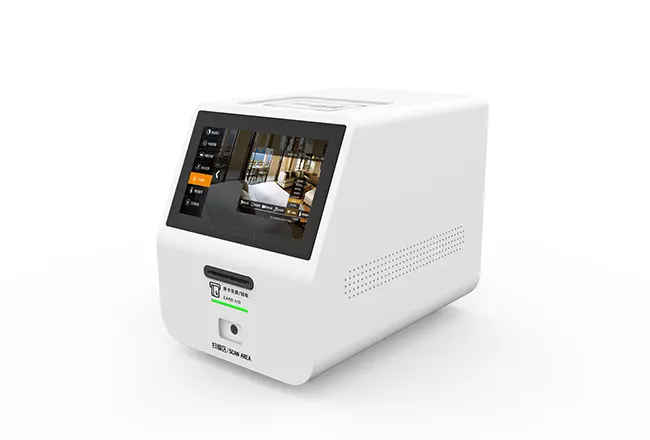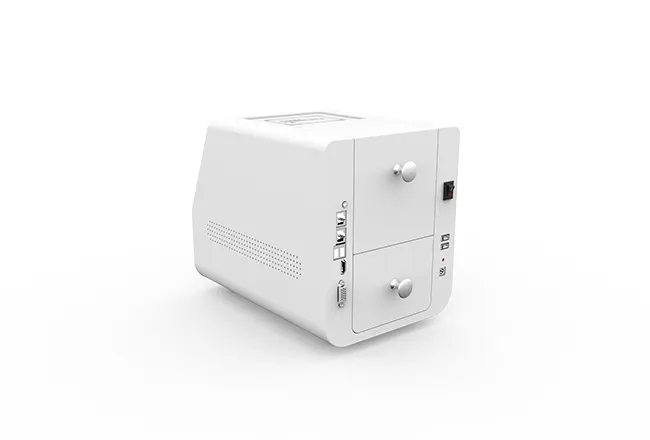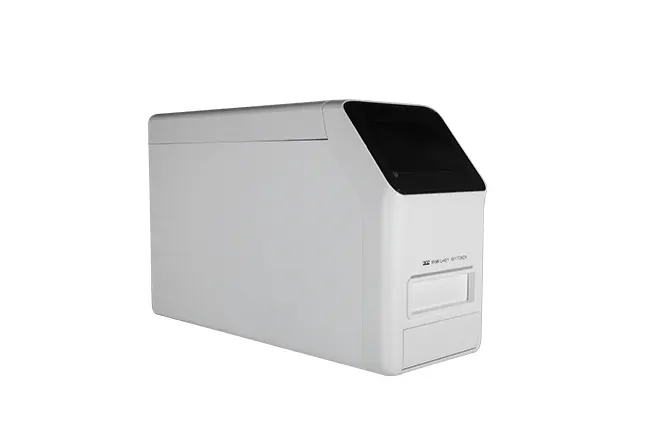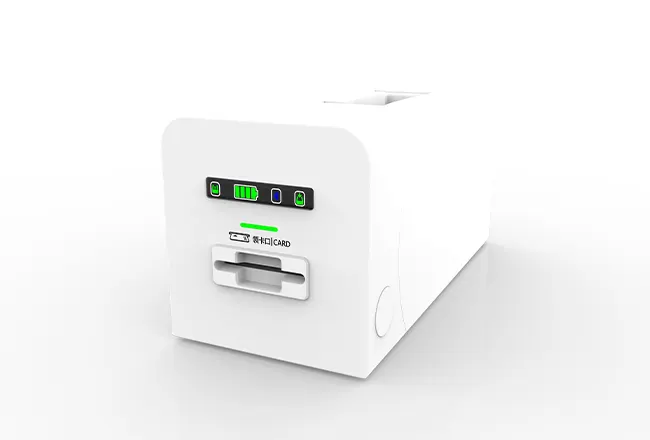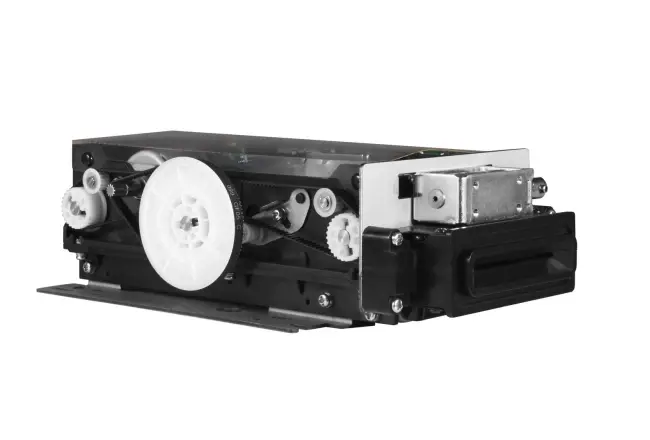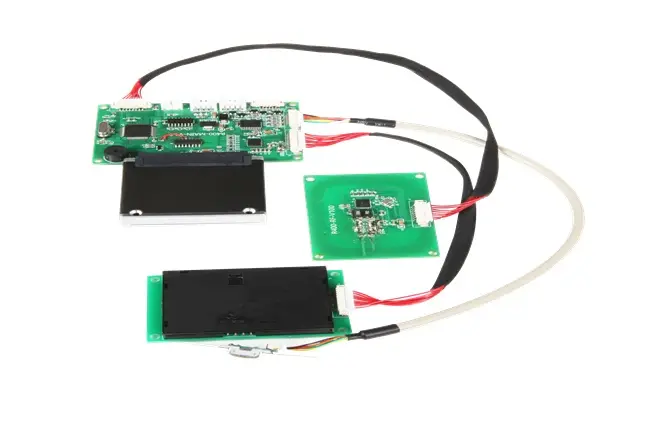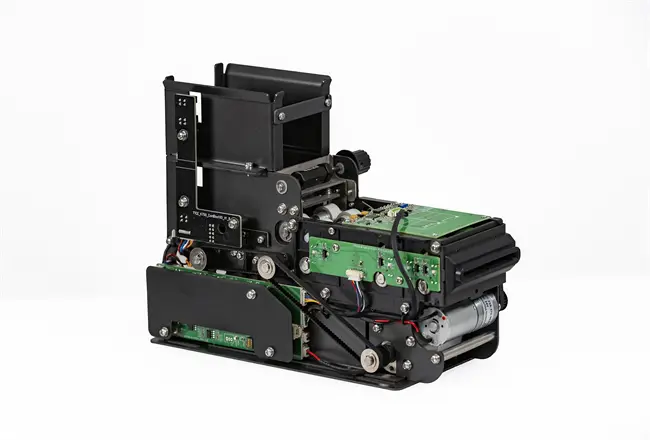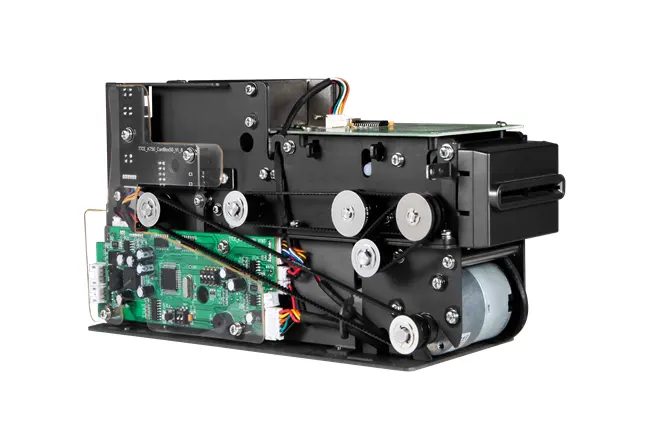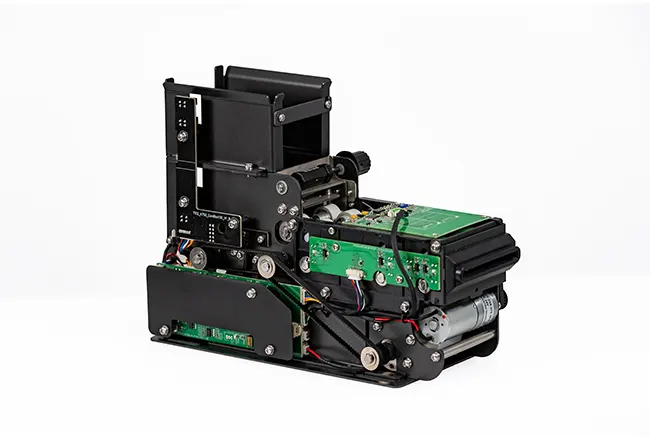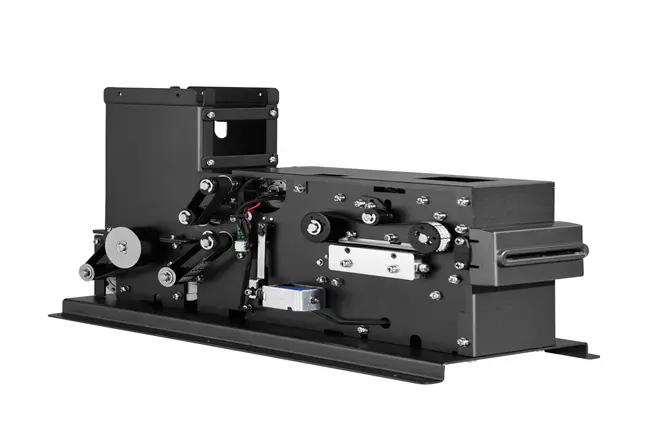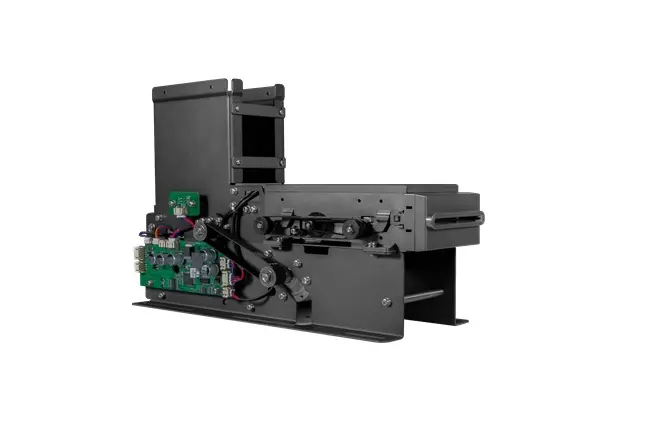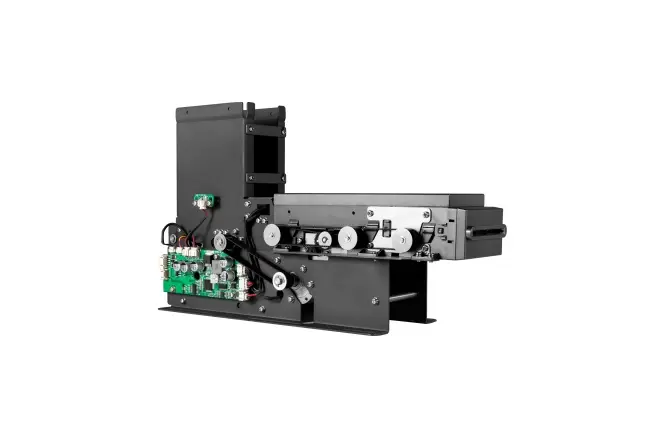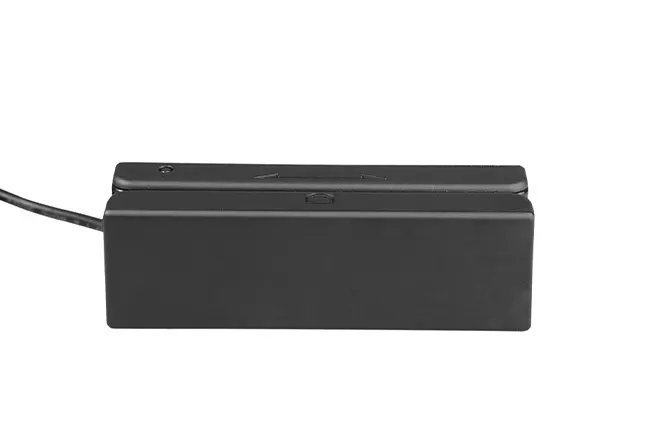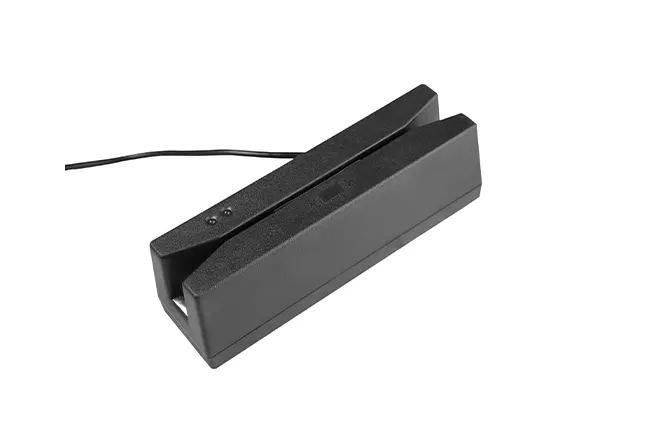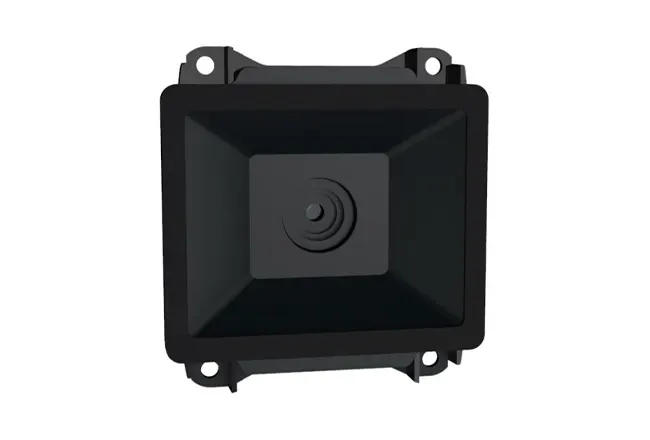Magnetic Swipe Cards vs RFID: Which Works Better?
2025-09-26In daily access and payments, the choice feels simple. It isn't. Magnetic Swipe Cards are familiar, fast, and low cost. RFID promises tap-and-go ease and cleaner hardware. Yet each shines in different places. One wins on legacy systems. The other wins on future growth. Budgets, security, and uptime twist the decision further. What breaks long queues? What protects data when pressure rises? And what will still work next year? In the next section, we test both against real needs and share a clear path you can use today.
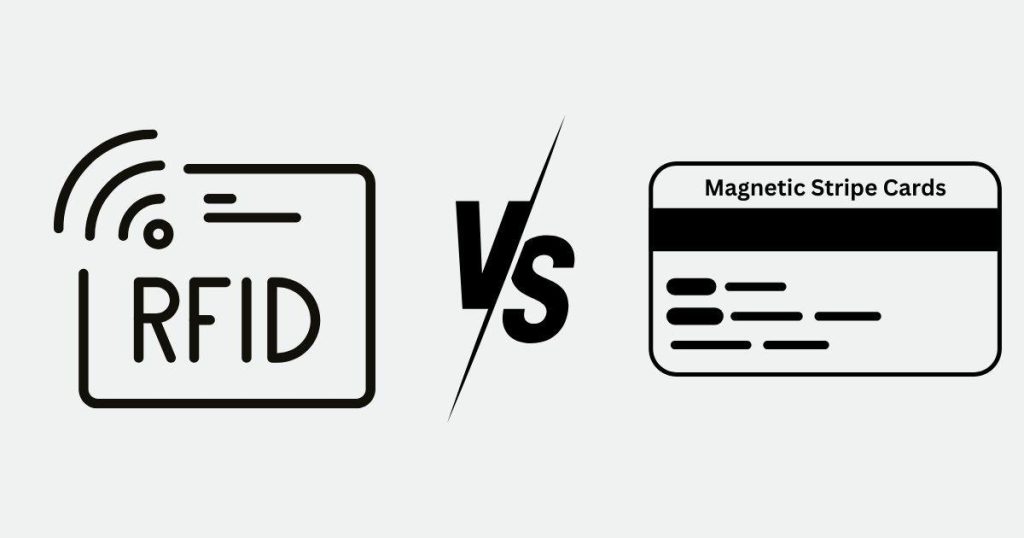
Plain-English Tech Overview: Magnetic Swipe Cards and RFID
Think of Magnetic Swipe Cards as straightforward, dependable carriers of track data. A brief swipe passes the card across the reader head, which captures information stored on up to three magnetic tracks. In busy sites - retail counters, reception desks, guard stations - this simple action is often the fastest way to move people along. TTCE's compact three-track reader design keeps the motion smooth, supports read-only operation, and adheres to ISO 7811/7812 so cards behave predictably across your ecosystem. Output arrives decoded, and the interface cable can be customized to match your hardware layout. For many legacy rollouts, Keyboard and RS232 modes are a gift: they allow drop-in replacement without rewriting core software.
RFID takes a different route. Instead of contact, it communicates over a short range, enabling tap or near-tap experiences. Our multi-in-one embedded reader supports IC/RFID card read/write and can add magnetic read as an option. Processing is designed to be secure and tamper-resistant, keeping sensitive flows protected. The module is built for durability and low maintenance, and the USB power supply simplifies integration inside kiosks, terminals, printers, and other embedded devices. Where you want hygiene, speed, and elevated assurance, RFID tends to shine.
Here's the quick, practical snapshot:
- Interaction: swipe (magstripe, read-only) vs. tap/near-contact (RFID, read/write)
- Speed & UX: magstripe is fast and familiar; RFID reduces friction at busy touchpoints
- Wear & tear: magstripe needs card/head care; RFID minimizes physical contact
- Integration: magstripe fits Keyboard/RS232; RFID is clean in embedded USB designs
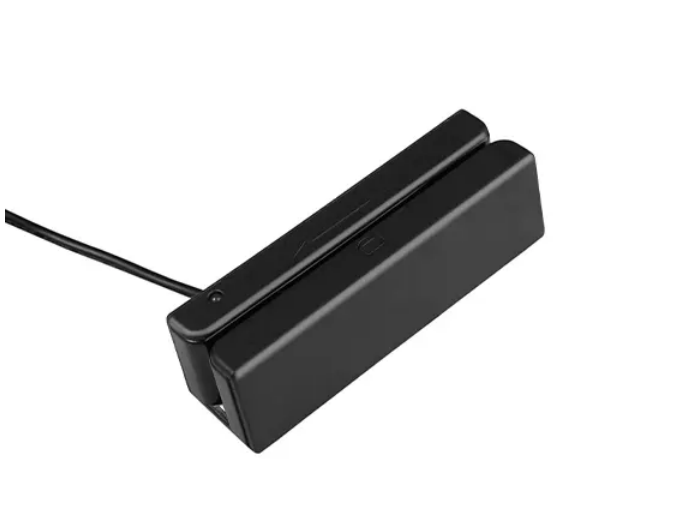
Where Each Wins: Real-World Scenarios from TTCE
At TTCE, we start with your process map: where the line forms, what slows it down, and which system owns the source of truth. Magnetic Swipe Cards tend to win when you have stable, track-based logs and a large installed base. If your POS terminals accept three-track swipes and your software already parses decoded output, magstripe gives you speed without disruption. Front desks issuing visitor passes, campuses checking IDs, and facilities that rely on simple, repeatable workflows often get excellent ROI from a well-implemented magstripe plan. The small form factor of our reader module fits neatly into constrained enclosures and retrofits.
RFID stands out when the briefest pause is still too long. Banks and financial institutions use our embedded reader for secure ATM transactions, card issuance, and payment processing. Offices and hotels deploy it for access control and authentication, pairing a quick tap with policy enforcement. Transit hubs use it for ticketing and fare collection, helping riders pass gates without fumbling. Retail programs lean on it for membership verification and rewards, while healthcare teams use it for patient identification and controlled access to medical records. In each case, RFID's read/write capability creates a pathway for richer interactions over time.
Two long-tail angles often surface in discovery: teams ask for an “RFID card reader writer module” when they plan to add personalization or secure updates, and for an “access control system for small business” when they want a balanced, affordable rollout. We handle both needs with the same practicality: protect the core, simplify the integration, and keep options open.
✅ Buying Criteria That Actually Matter
When customers ask us what to prioritize, we suggest a few ground rules that keep the project pragmatic:
- Short-term fit: If you already log Track 1-3 data, magstripe minimizes change and training.
- Future flexibility: If you expect mobile-style experiences, RFID read/write leaves the door open.
- Engineering effort: Decoded magstripe over Keyboard/RS232 keeps software work low; RFID's embedded USB path streamlines new devices.
- Lifecycle costs: RFID lowers physical wear; magstripe is easy to service and inexpensive to replace.
Cost, Integration, and a Hybrid Path You Can Actually Deploy
Budgets are real, and so is technical debt. That's why TTCE often recommends a hybrid approach: keep Magnetic Swipe Cards where compatibility is essential - back-office stations, visitor flows that depend on track data - and introduce RFID where it removes friction - front-of-house lanes, unattended kiosks, and high-traffic gates.
From an integration perspective, our magstripe reader focuses on the essentials: compact build, three-track reading, ISO 7811/7812 compliance, decoded output, and customizable cabling. With Keyboard and RS232 interfaces, it behaves exactly the way your current application expects, so rollouts can happen in days, not months. You get reliable throughput and predictable maintenance.
Our multi-in-one RFID reader is an embedded module designed for the realities of production hardware. It reads and writes IC/RFID cards, can optionally read magnetic cards, and runs off USB power to simplify wiring. Data handling is built to be secure and tamper-resistant, and the module is engineered for fast, seamless transactions. This is why you see it in finance, access control, transportation, retail loyalty, and healthcare - places where uptime and integrity matter as much as speed.
How do you phase the rollout without overcomplicating things? We typically suggest three steps:
- Stabilize the baseline. Keep Magnetic Swipe Cards in workflows that rely on track data and RS232 peripherals. Confirm that decoded outputs map 1:1 to your existing fields.
- Speed first, where it counts. Drop RFID into the busiest entries, kiosks, and queues - tap-to-go shaves seconds off every interaction.
- Then scale smart. After the wins show up, roll out RFID read/write to roles that benefit from richer credentials (staff, loyalty).
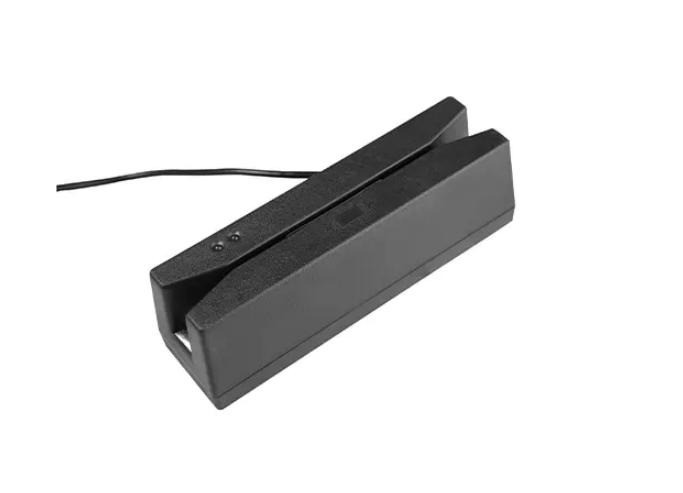
This staged plan respects budgets, avoids hidden integration costs, and builds confidence inside your team. It also reduces risk: if one stage needs tuning, the rest of your operation keeps running.
• What Should You Deploy First?
Dependence on legacy swipe logs or Keyboard/RS232? Deploy magstripe first, layering RFID at the most visible choke points. Rolling out new or unattended endpoints? Lead with RFID read/write; retain magstripe as a fallback. The objective is consistent: throughput up, data secure, maintenance simpler.
Work with TTCE: We'll review your setup, weigh the options, and map a phased plan - magstripe-first, RFID-first, or a smart mix - to hit your goals.

